 Abraham Lincoln
If given the truth, the people can be depended upon to meet any national crisis...
Abraham Lincoln
If given the truth, the people can be depended upon to meet any national crisis...
 Guildford news...
for Guildford people, brought to you by Guildford reporters - Guildford's own news service
Guildford news...
for Guildford people, brought to you by Guildford reporters - Guildford's own news service
Birdwatcher’s Diary No.258
Published on: 4 Jul, 2022
Updated on: 4 Jul, 2022
By Malcolm Fincham
As we entered into the last weeks of June a plume of hot Spanish air had pushed up as far as southern counties of the UK.
Its warmth peaked on June 17 recording temperatures of just over 30 degrees within the Surrey Hills. This, however, was only short-lived but was enough to encourage a few new species to emerge.
With Bob and Dougal both individually away on their holidays I was left to my own devices. A bit like a “Billy no mates” one could say!
Happily independent in my pioneering however, and with an abundance of season’s of wildlife watching now behind me, I soon adapted to a lonely lifestyle.
With so much to look for locally and a bit of pioneering along the way there was plenty to occupy my time.
Butterflies were now coming to their peak, and new species had begun to emerge on what felt to be almost on a daily basis. My prime objective was to, once again, seek out and photograph as many species as I could in the coming weeks, before their time periods came to an end.
Having already photographed my first male silver-studded blue butterfly on Whitmoor Common, on June 8, they could now be viewed in respectable numbers on most heathland areas around Surrey. And with the addition of females of the species, they could both be seen “nectaring” on the bell heather as it began to blossom.
Of course, my awareness of birdlife remained unwavering throughout. I continue to have a great passion for red kites and they have now gained in good numbers around the Surrey countryside since my reports began over a decade ago.
My first sighting of one in the Guildford area was just eight years ago. Now they have now become a regular daily sighting for me on my local ventures.
My love of their presence has continued to inspire my excitement as much as all my previous sightings of them. And close encounters with a particularly confiding one in recent days continues to calm my anxieties with its placidity. A story I hope to continue with in my next report.
Meanwhile local visits to some of my regular sites included Britten’s Pond. Even there one can never be sure what unexpected sightings one might perceive.
On June 20, while visiting the pond, and although having seen and photographed my first white admiral butterfly of the year just a week before elsewhere, I recorded my first ever sighting of one there. It briefly landed on some brambles by the car park, before it disappeared out of sight. Later that day, however, it materialised and obliged me the opportunity of a photo.
I was also able to add a red admiral to compare their differences.
As a bonus that day I was also able to pin down one of the resident kingfishers that can often be so elusive there. On this occasion joining the local anglers who had recently returned to the pond to commence, once again, the start of fishing season. For the kingfisher, however, there was no sign of ‘catch and release!’
A pair of great tits could be viewed, frantically flying back and forth to a hole in an oak tree, beaks full of grubs to feed their young.
A blackcap occasionally sang a few cursory notes of its song having already fledged its first brood of young.
While those attractive but devious jays continued to lurk among those oaks with more sinister plans in mind.
Great spotted woodpeckers could also be seen in the trees near the railway embankment where they recently nested.
While even glimpsing a couple of, what were almost certainly, purple hairstreaks, in a dogfight, buzzing around the top of an oak tree although too brief to photo.
A visit to Clandon Wood Burial Ground and Sheepleas on Midsummer’s Day with David Rose was an inspiring one.
At Clandon Wood I managed a two for the price of one photo when a small tortoiseshell and a comma butterfly sat face to face with each other.
Marbled white butterflies were increasing in their numbers there.
A few bee orchids could also be found as we traversed the area.
The yaffling sound of a green woodpecker alerted us to one in undulated flight, crossing the path from the meadows and perching on a branch under the umbrella of the tree’s canopy.
While there we also recorded my first ringlet butterfly of the year.
And also added a large skipper to the day list.
Blue tits, goldfinches and linnets could also be viewed in good numbers. While also doing well in sightings at most locations, including there, were common whitethroats.
From there we drove a little further down the Epsom Road to Sheepleas, in East Horsley.
This gave us the opportunity to see our first silver-washed fritillary of the year.
Dark-green fritillaries were also emerging and already in flight, close to the ground, as often they are. And rarely stopping long enough to photo.
One delight (of many) was by chance to meet up with Harry Eve.
Having always respected Harry as a kind of mentor and a go-to man whenever it has come to identifying (or correcting) some of the species in my previous reports.
In retrospect, it was highly embarrassing that I didn’t identify him on first sighting, having only met him once before many moons ago on our walk at Thursley Common. “Shame on him and others!” I say, for not wearing feathered outfits for my recall identity!
I must admit I could have done with his identification skills soon after we had left him when finding a couple of robber flies both with prey.
Having looked it up for myself, then contacting Harry with a photo later that day, it was good to know we had both come to the same probable conclusion. Golden tabbed robber fly – (eutolmus rufibarbis).
On June 22 while on one of my recent regular visit to Britten’s Pond, I was alerted to distant views of rising smoke from the direction of Whitmoor Common.
Knowing the area well I drove up to St Mary’s church at Perry Hill, Worplesdon for better views. Concerns for the wildlife there had overtaken my thoughts.
Although there was nothing I could do about it, I could at least enlighten the few unaware of the devastation caused as tinder-dry heathlands go up in flame. Not only devastating for young birds that hadn’t yet fledged, but many small critters unable to escape the flames.
Nightjars continued to be present and breeding on the common, with little hope of the young of the ground nesting birds surviving within the burnt embers.
Revisiting the area the following day was one of relief.. Although several mammals and slow moving critters had possibly succumb to the fire, not much more than a hectare of land had burned and our magnificent fire service had responded rapidly and brought the flames under control.
Stonechats and various other birds could still be seen with their young on the greenery nearby.
And a couple of woodlarks were also present.
Ironically, word has it, the fire had accidentally started while machinery was being used to cut an area to enable temporary fencing to graze cattle. “Don’t look like they’ll be grazing on that bit now?!”
Before I knew it, another week rapidly had flown by and Dougal had returned from his holiday. On a breezy June 26 with periods of sunshine we visited Bookham Common.
This allowed Dougal to catch up on some of the species he had missed out on while he was away, including…
White admirals and silver washed fritillary.
It also allowed me to see my first purple emperors of the year and even got some record a few shots of a few as they chased each other around at the top of their ‘master tree’.
Occasionally one could even be seen as it perched in the sunlight on an oak leaf at the top of the tree.
Slightly lower down in the same tree a few purple hairstreaks had also emerged and could also be viewed dog-fighting among themselves.
Last but by no means least, a big pat on the back for the Tice’s Meadow team for a decade and some of hard labour and restoring what was once a gravel pit.
And for all their achievements over recent years! Culminating in an appearance on BBC 2’s Springwatch programme.
Recent Articles
- Guildford Institute’s Crowdfunding Project for Accessible Toilet in its New Community and Wellbeing Centre
- Letter: Guildford – Another Opportunity Missed?
- Letter: GBC’s Corporate Strategy – Where Is the Ambition?
- My Memories of John Mayall at a Ground-breaking Gig in Guildford Nearly Six Decades Ago
- Westborough HMO Plans ‘Losing the Heart of the Street’ Says Resident
- College Invests to Boost Surrey’s Economy and Close Digital Skills Gap
- Community Lottery Brings Big Wins for Local Charities
- GBC Housing Plan Promises ‘A Vibrant Urban Neighbourhood’ Near Town Centre
- Hospital Pillows ‘Shortage’ at the Royal Surrey
- Updated: Caravans Set Up Camp at Ash Manor School


Search in Site
Media Gallery
Dragon Interview: Local Artist Leaves Her Mark At One of England’s Most Historic Buildings
January 21, 2023 / No Comment / Read MoreDragon Interview: Lib Dem Planning Chair: ‘Current Policy Doesn’t Work for Local People’
January 19, 2023 / No Comment / Read MoreA3 Tunnel in Guildford ‘Necessary’ for New Homes, Says Guildford’s MP
January 10, 2023 / No Comment / Read More‘Madness’ for London Road Scheme to Go Ahead Against ‘Huge Opposition’, Says SCC Leader
January 6, 2023 / No Comment / Read MoreCouncillor’s Son Starts Campaign for More Consultation on North Street Plan
December 30, 2022 / No Comment / Read MoreCounty Council Climbs Down Over London Road Works – Further ‘Engagement’ Period Announced
December 14, 2022 / No Comment / Read MoreDragon Interview: GBC Reaction to the Government’s Expected Decision to Relax Housing Targets
December 7, 2022 / No Comment / Read MoreHow Can Our Town Centre Businesses Recover? Watch the Shop Front Debate
May 18, 2020 / No Comment / Read More







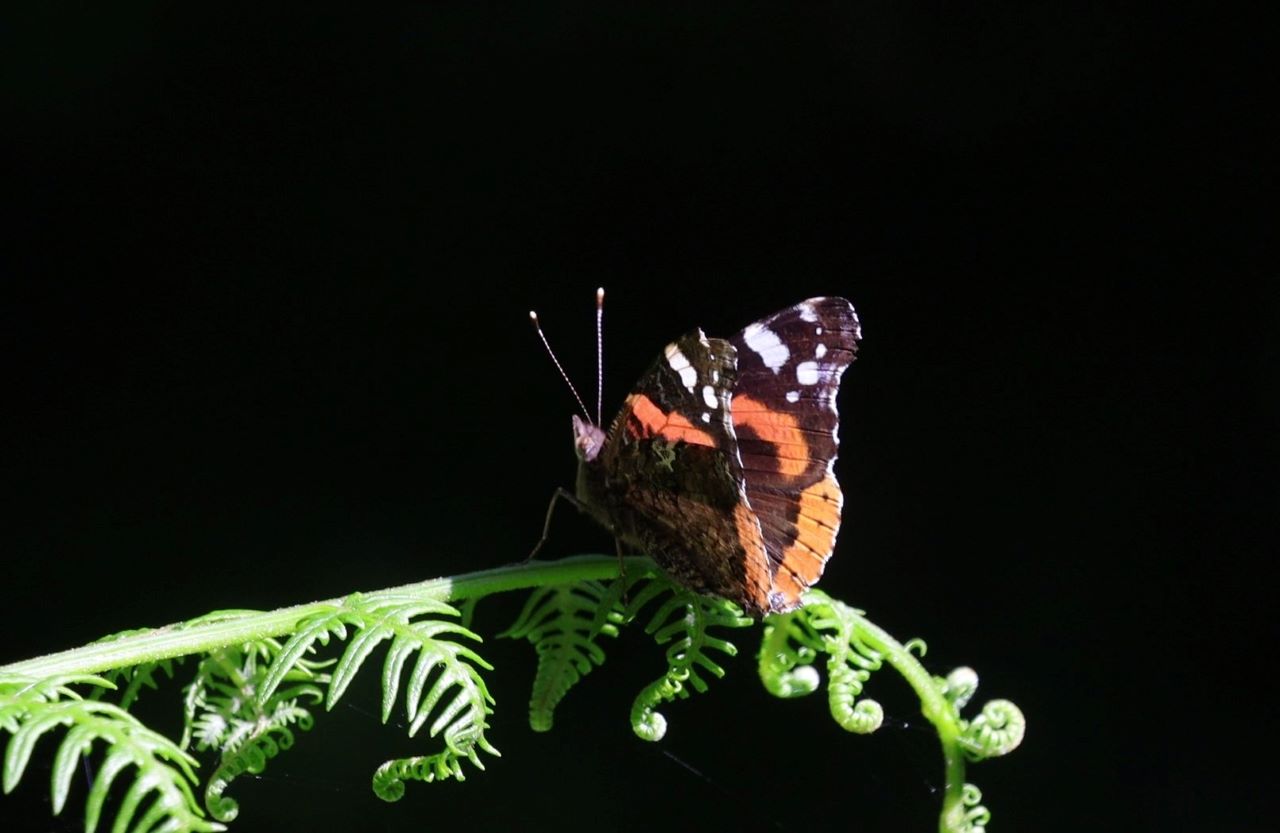


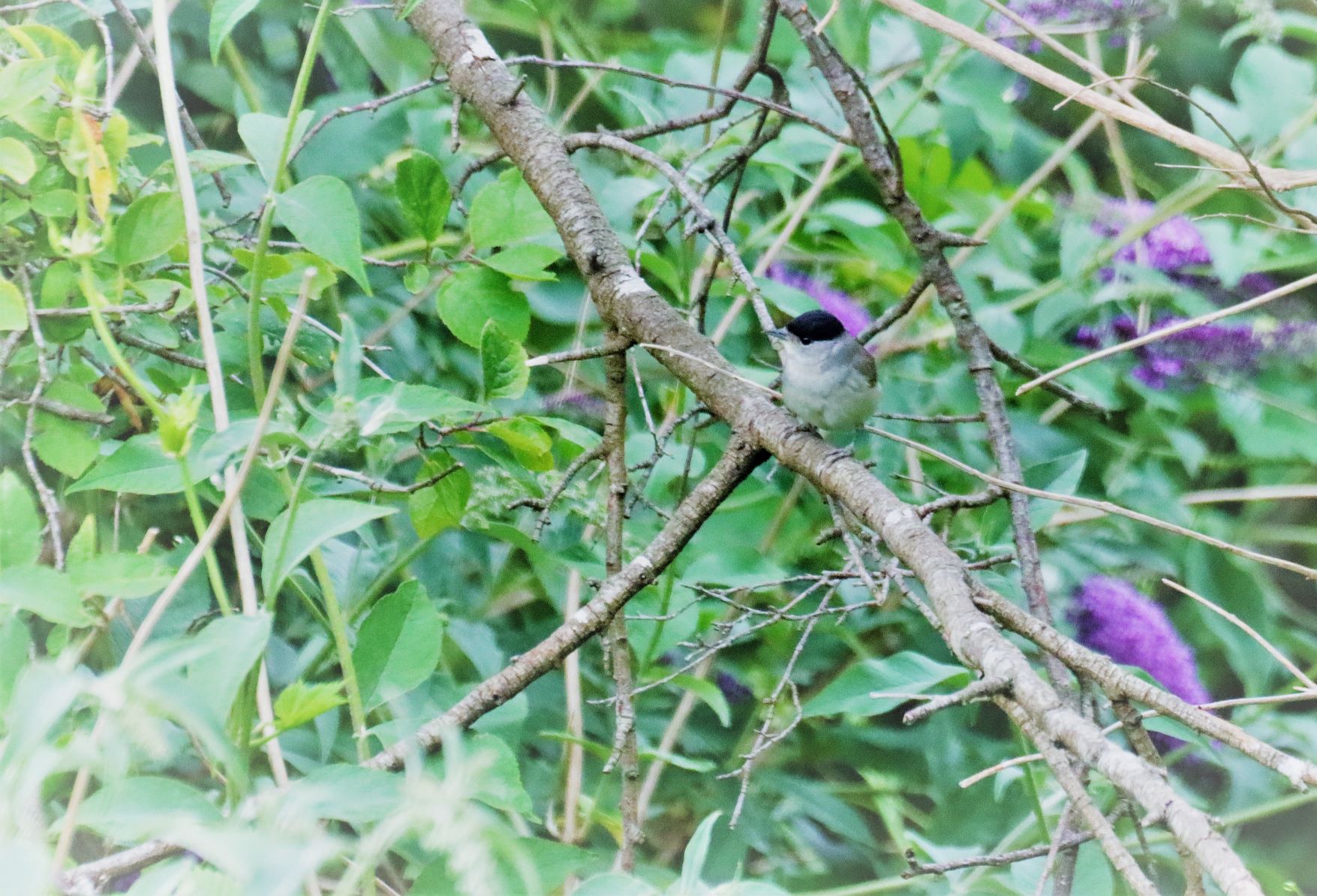
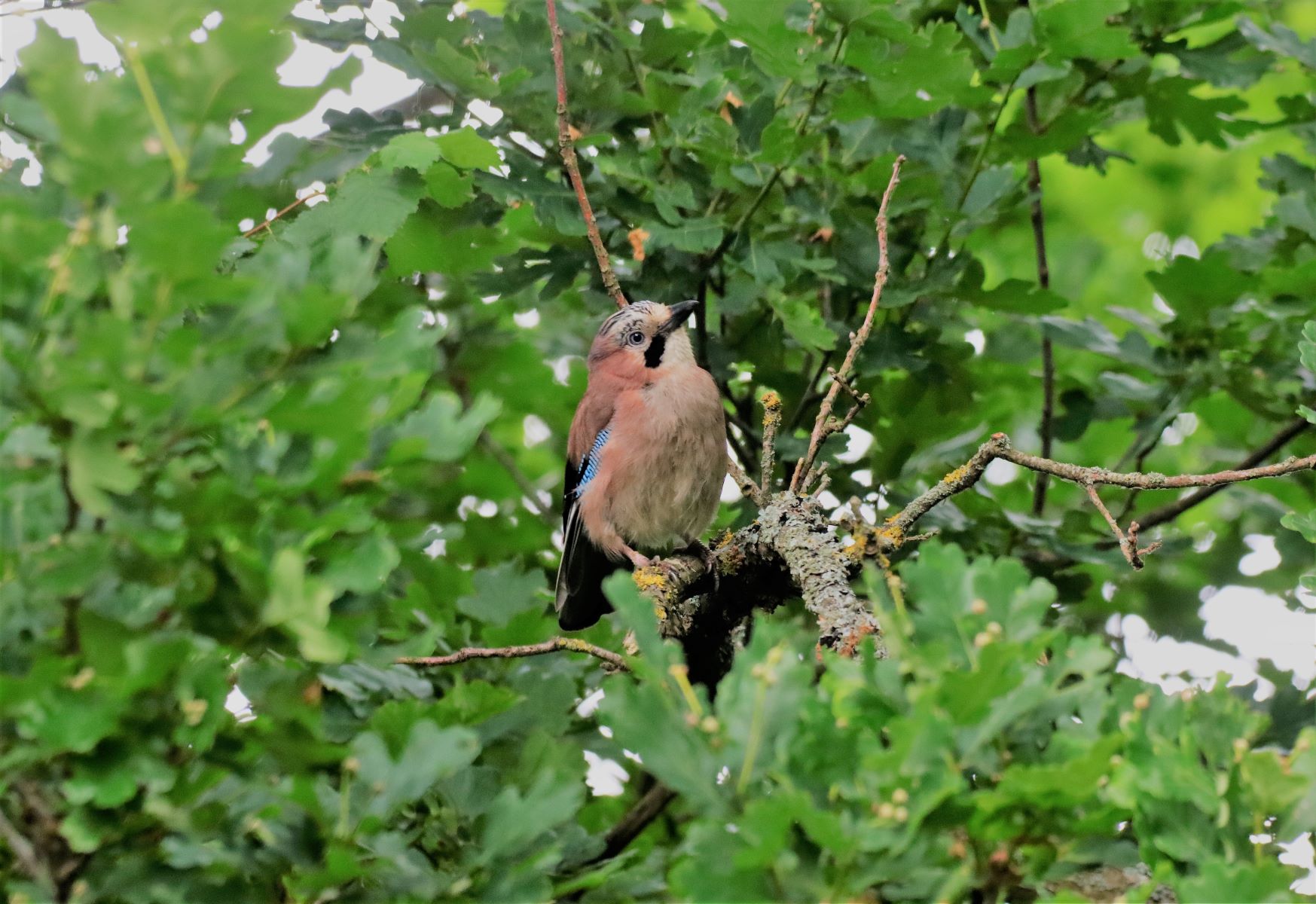
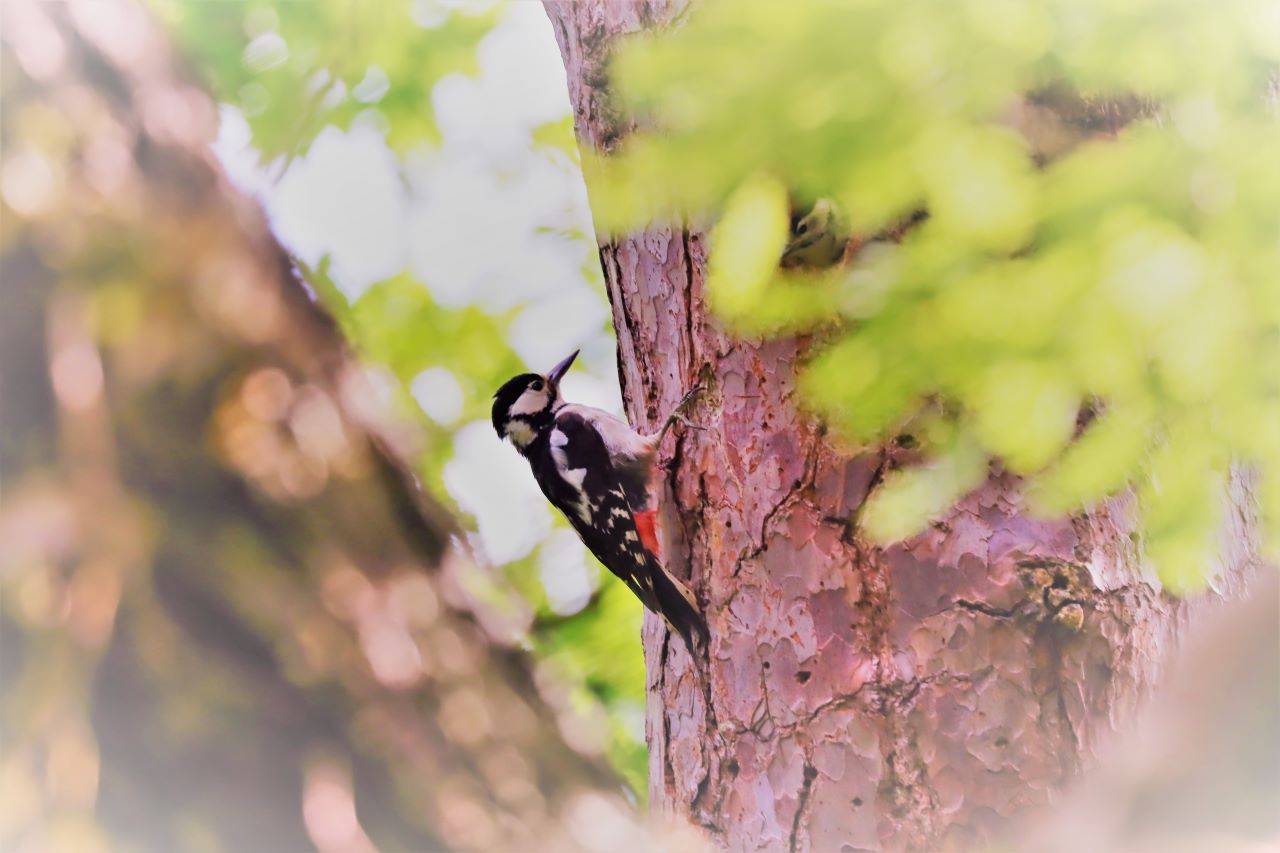
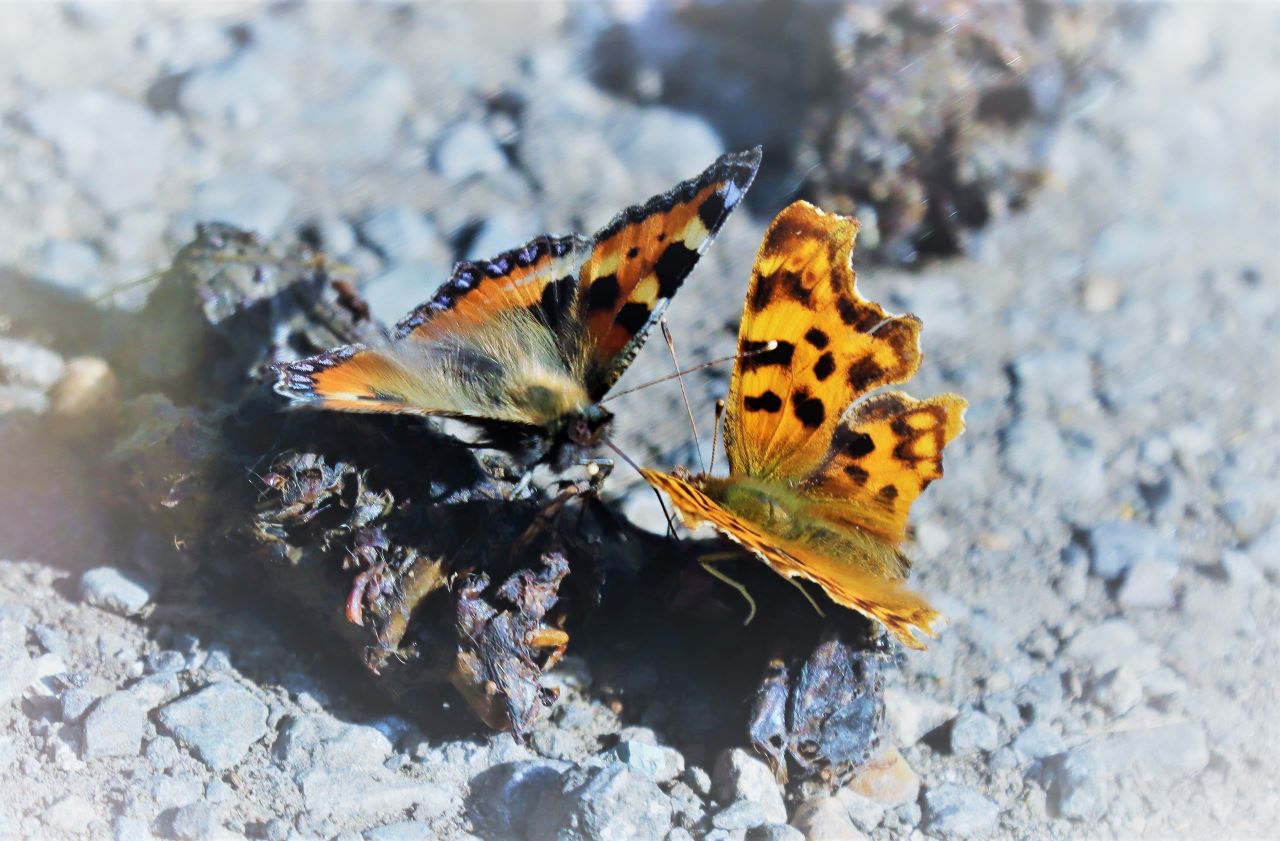
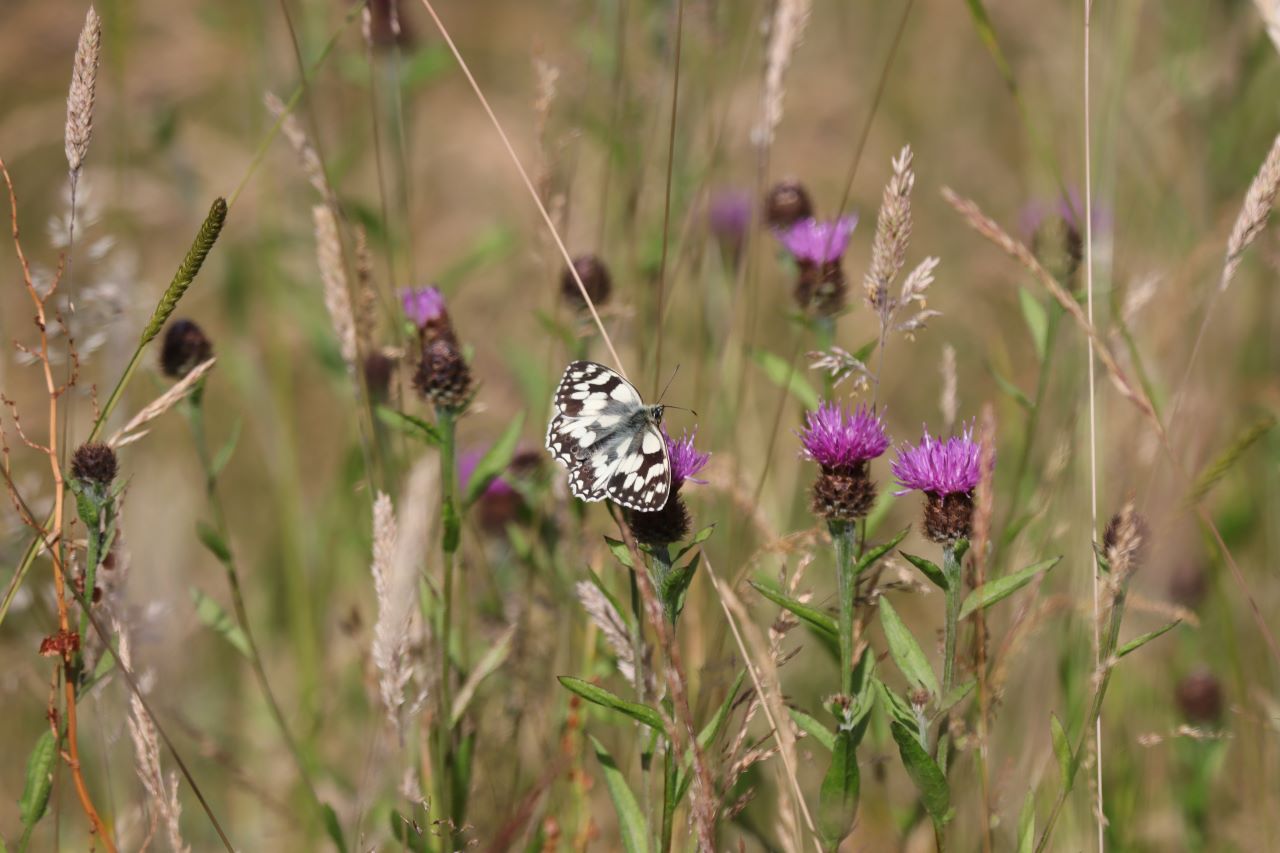
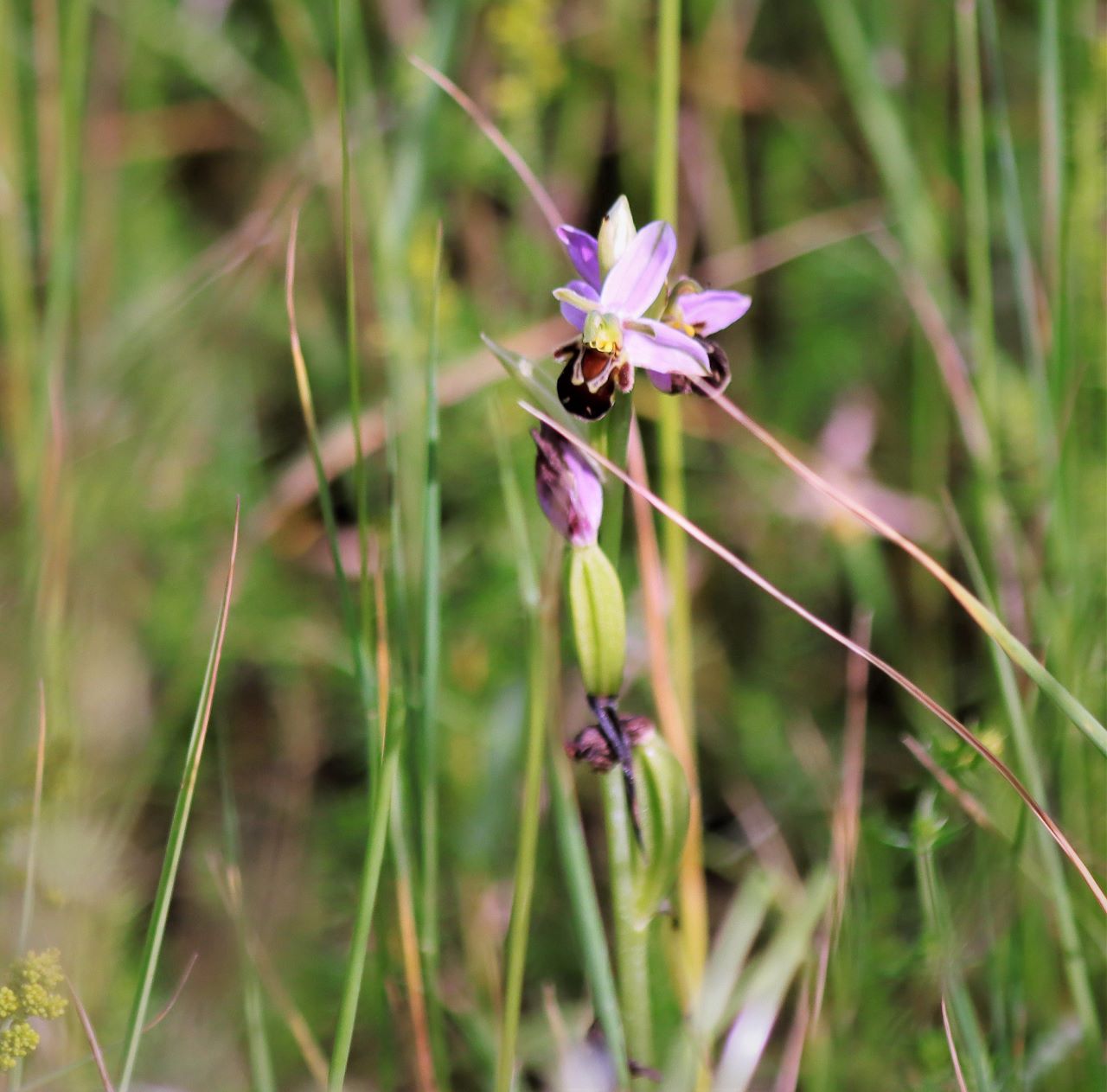

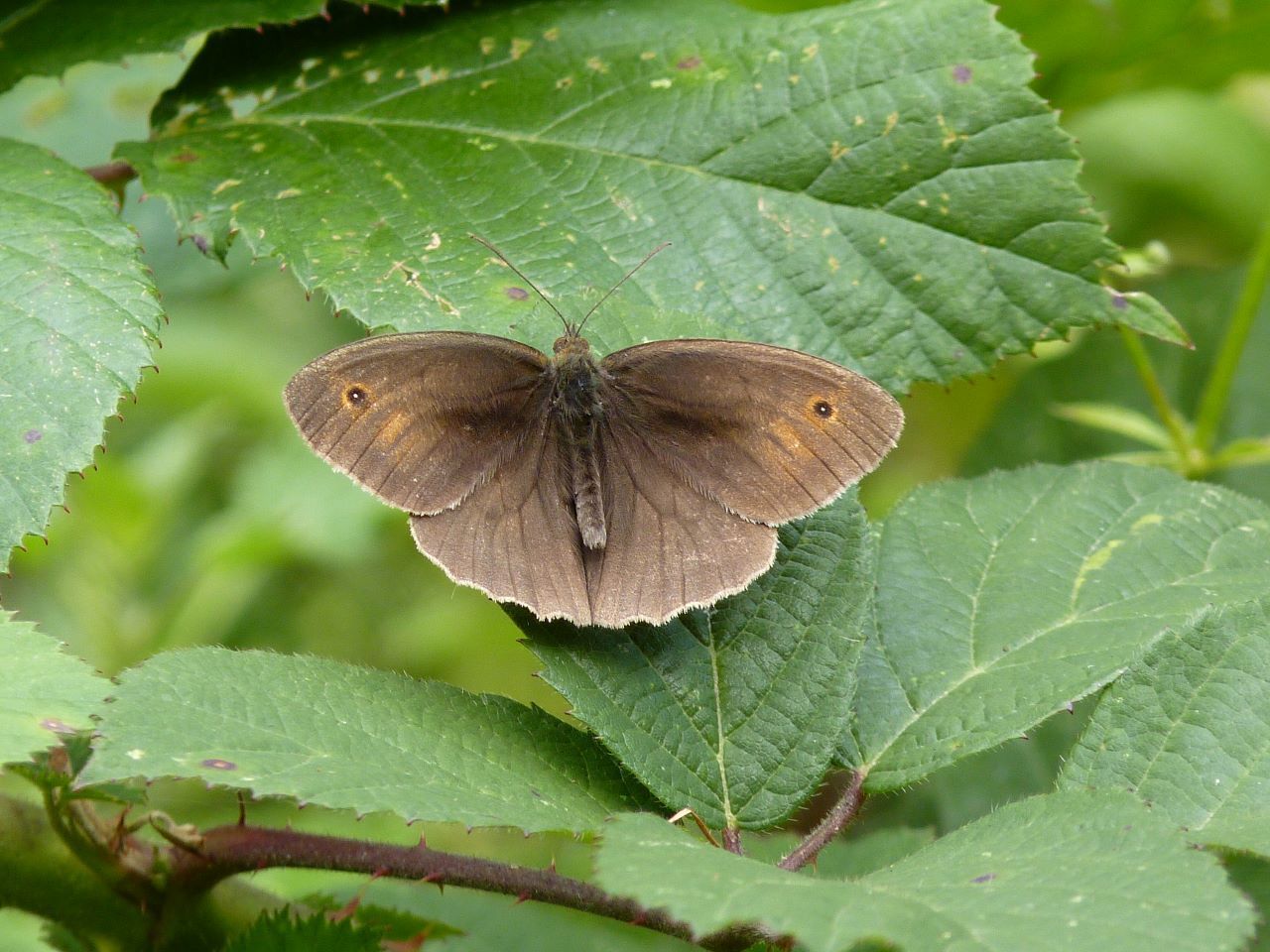
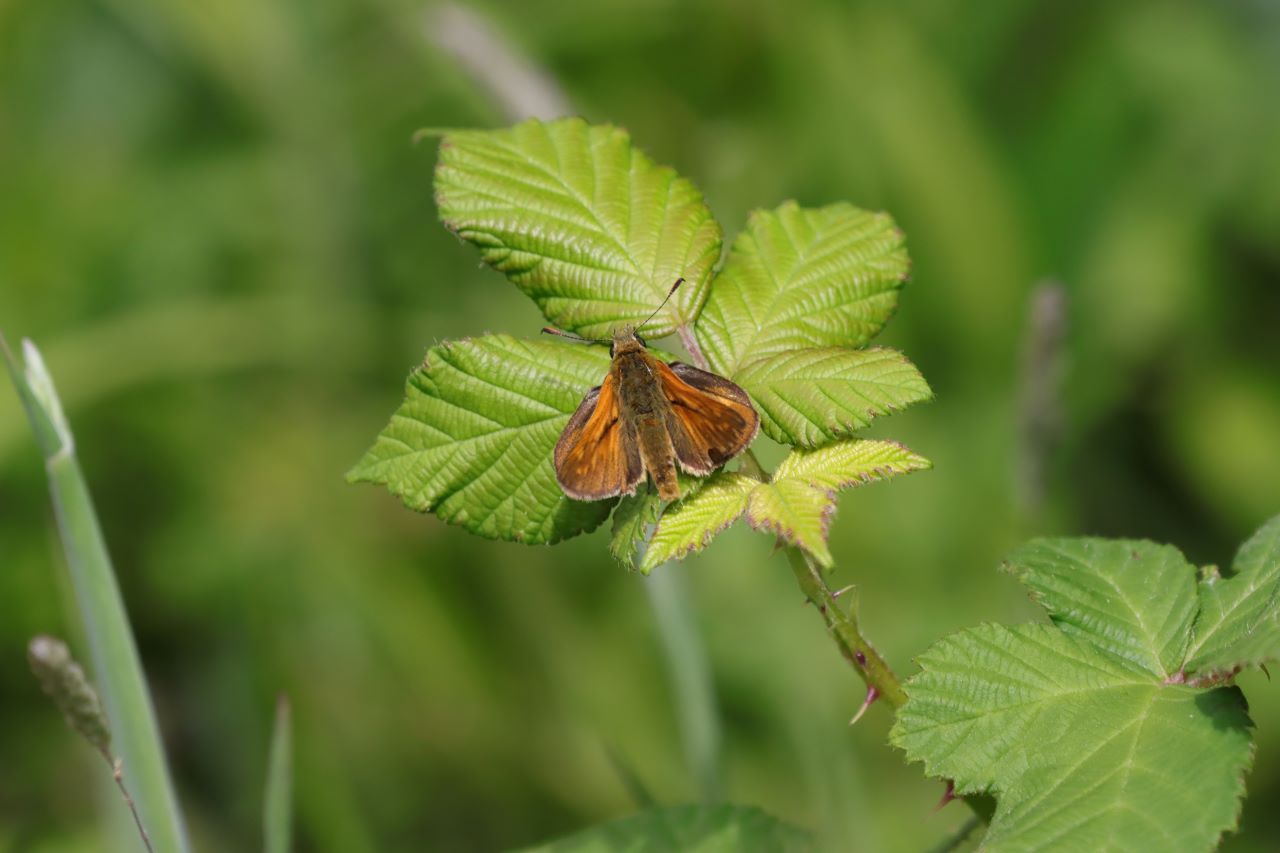
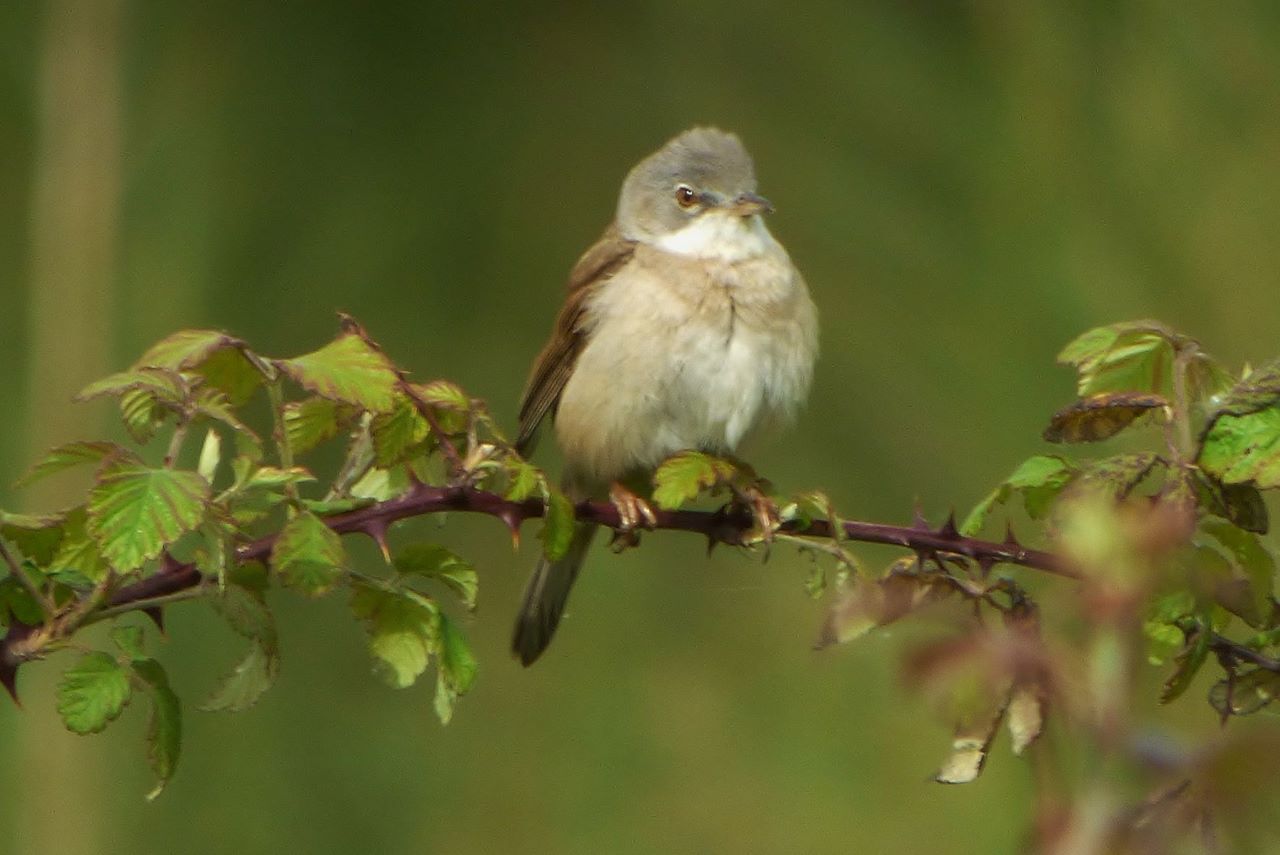
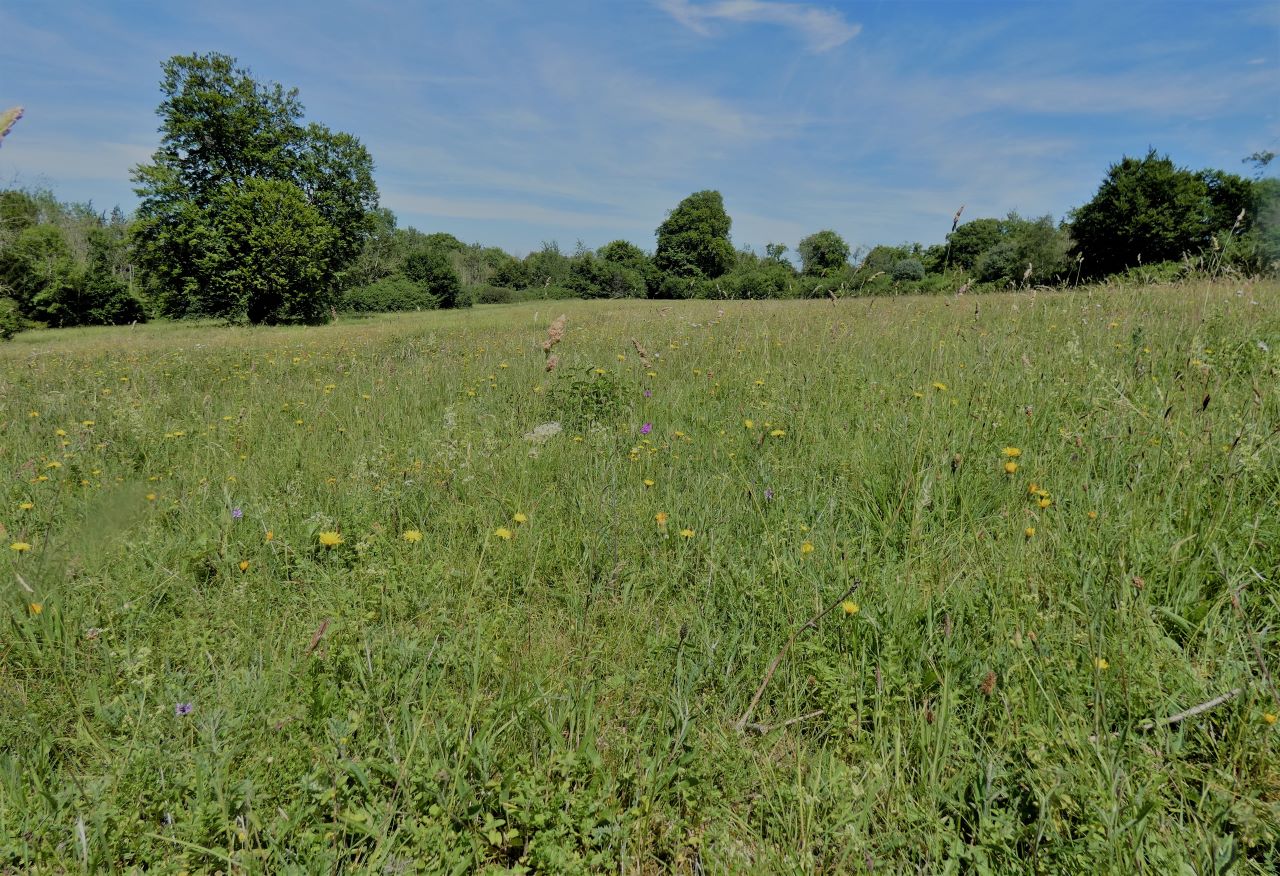
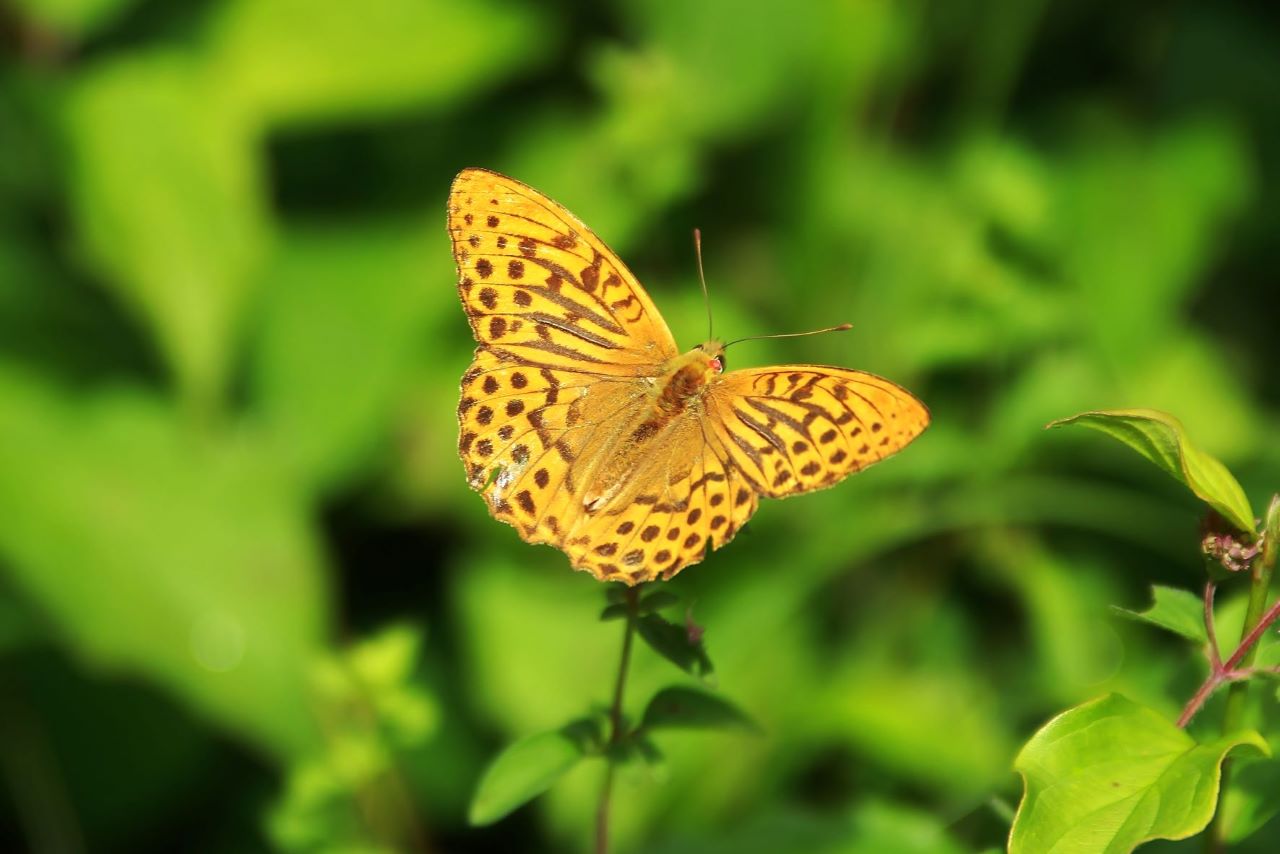
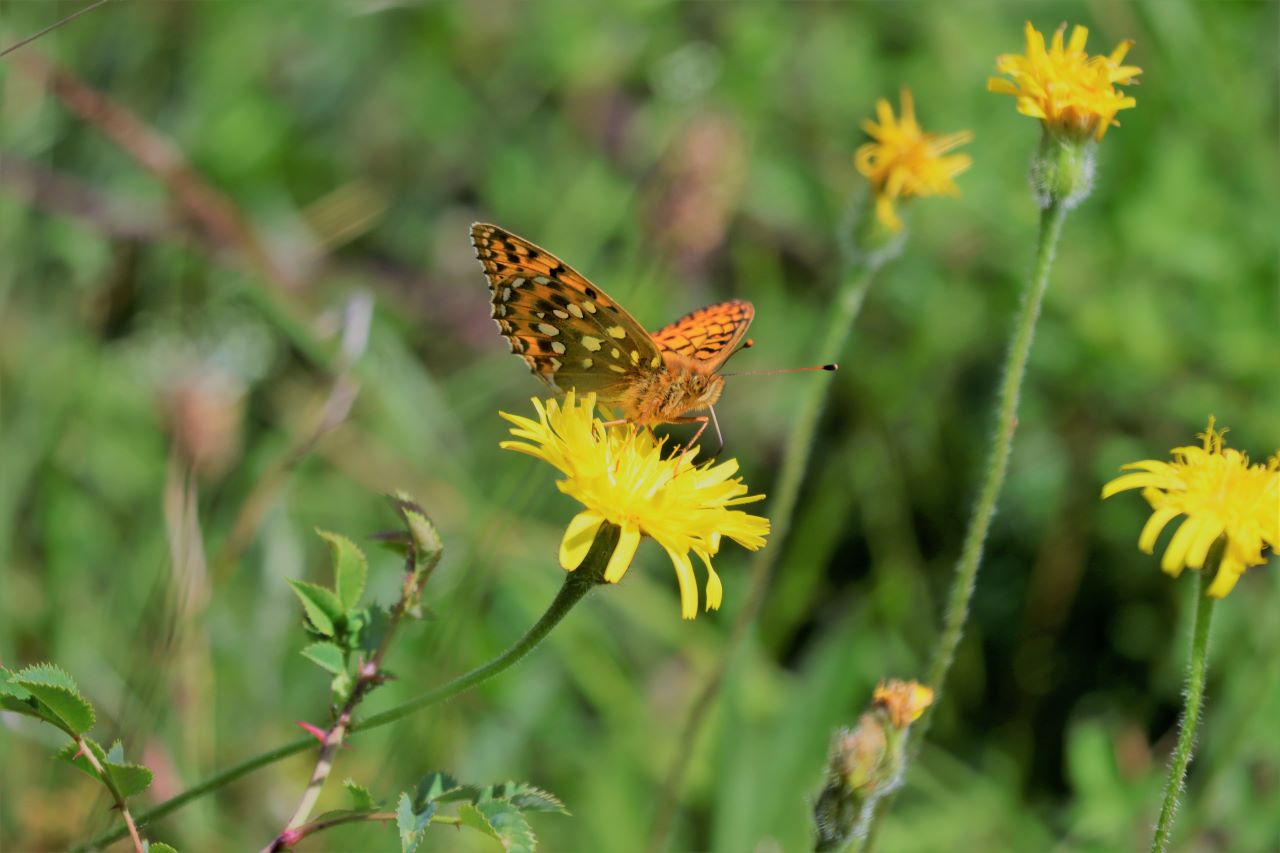
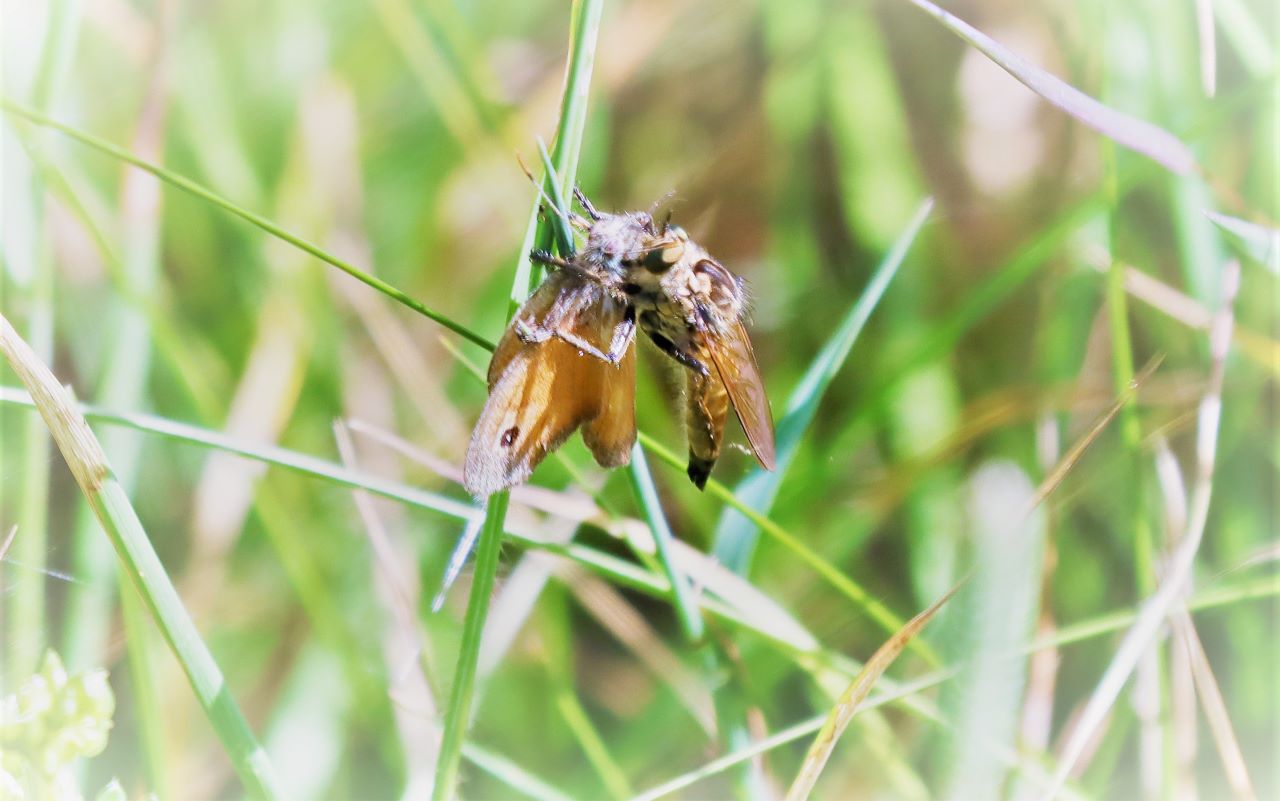

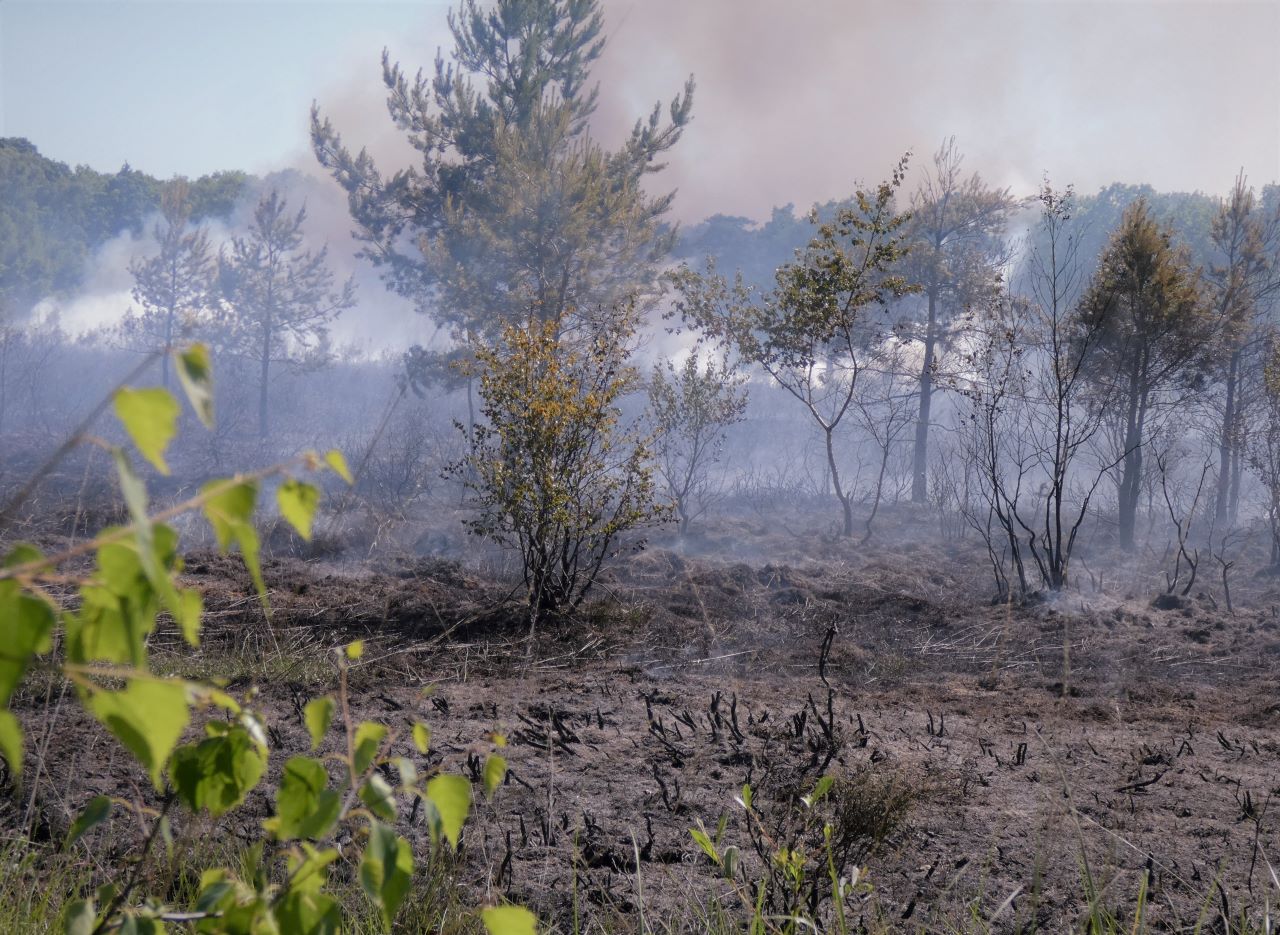
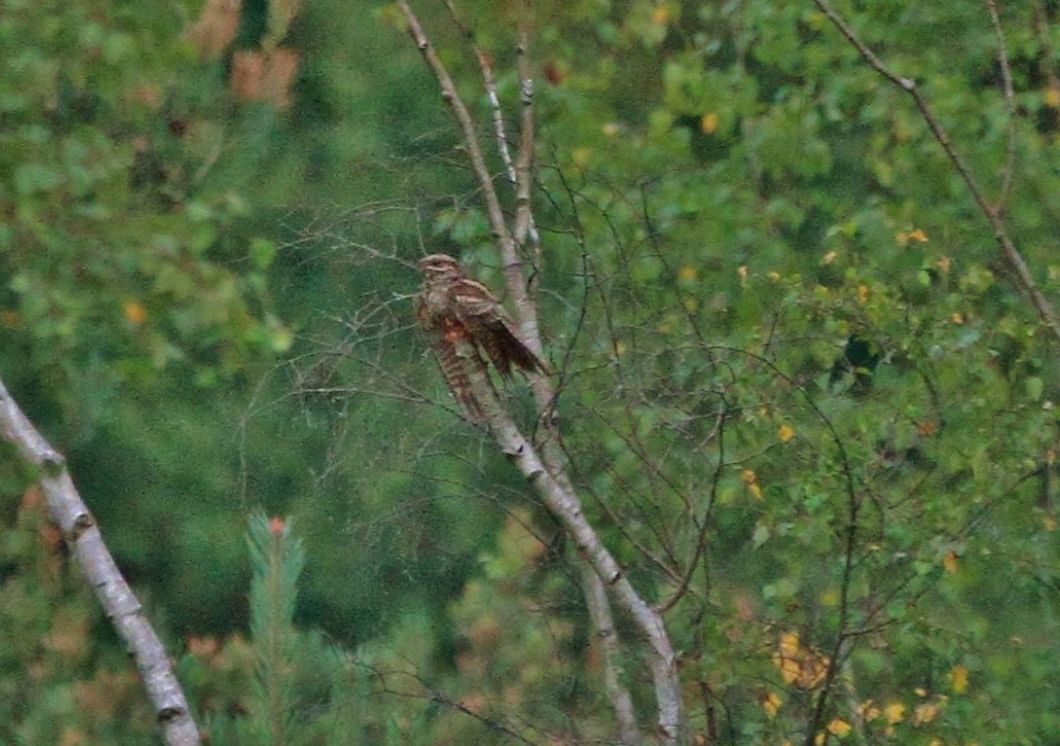


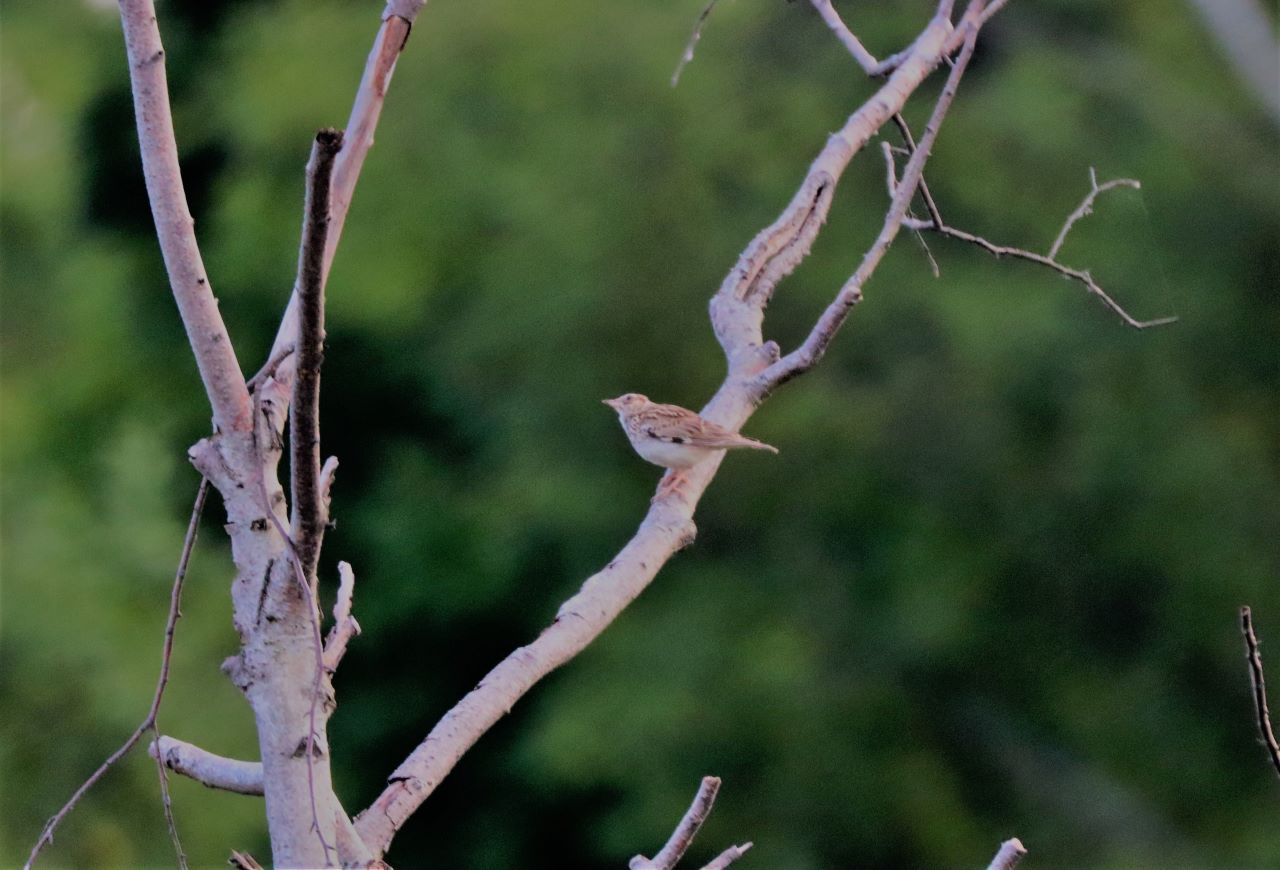
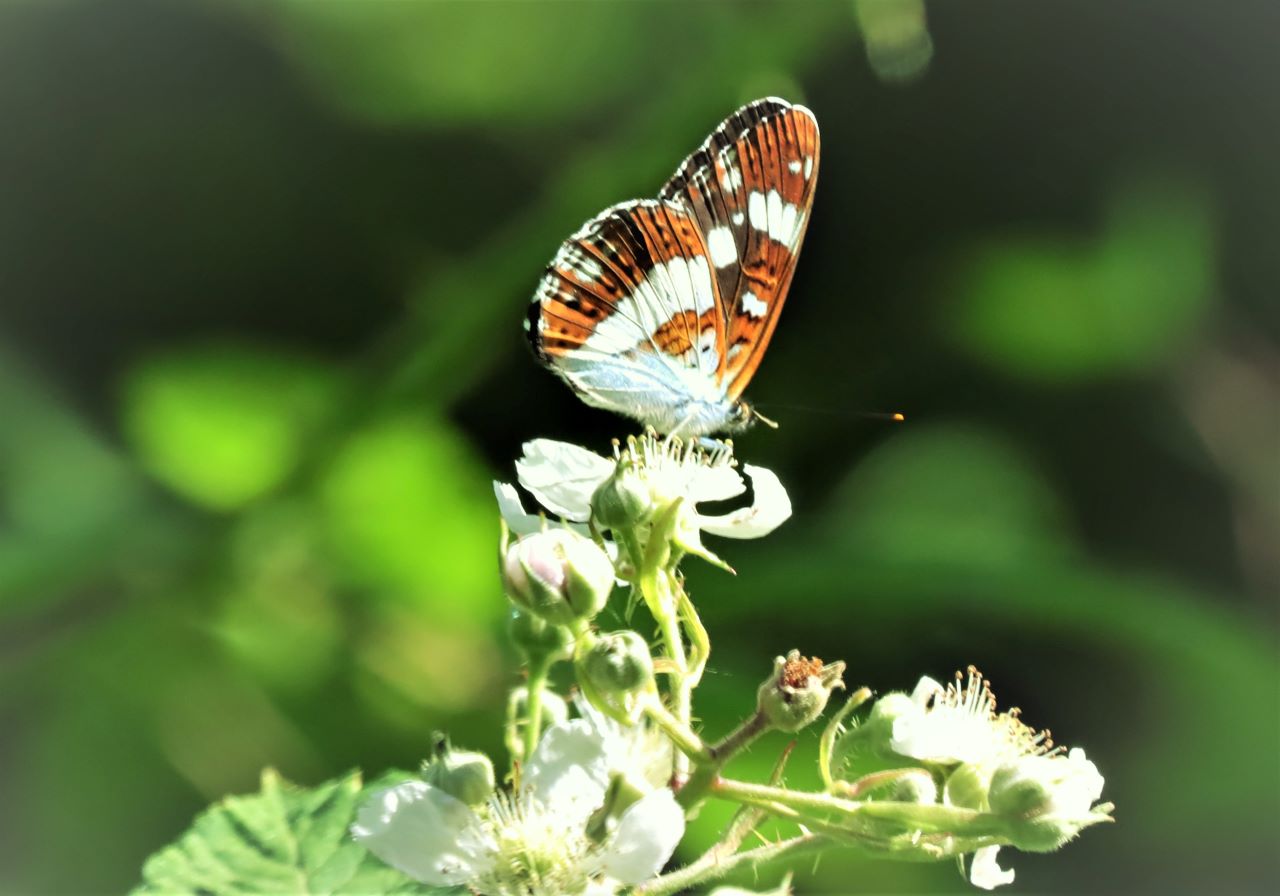
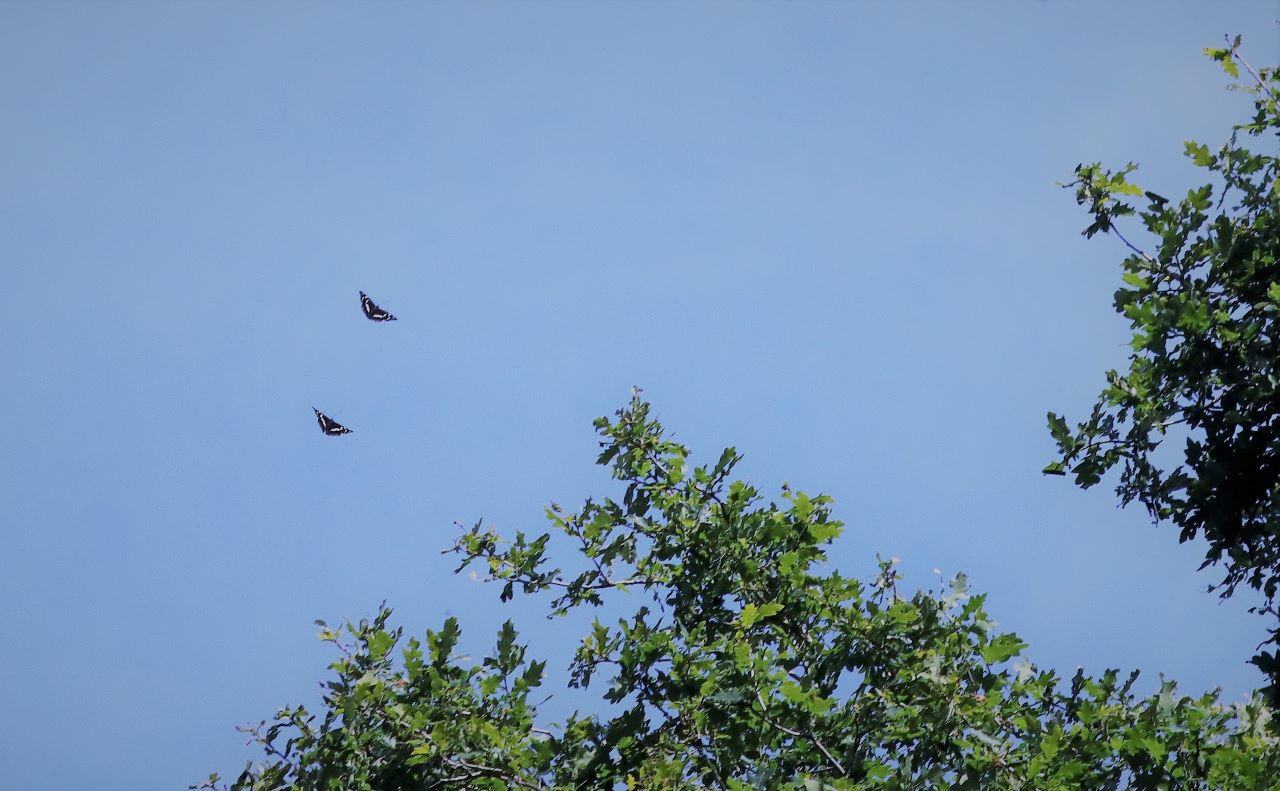
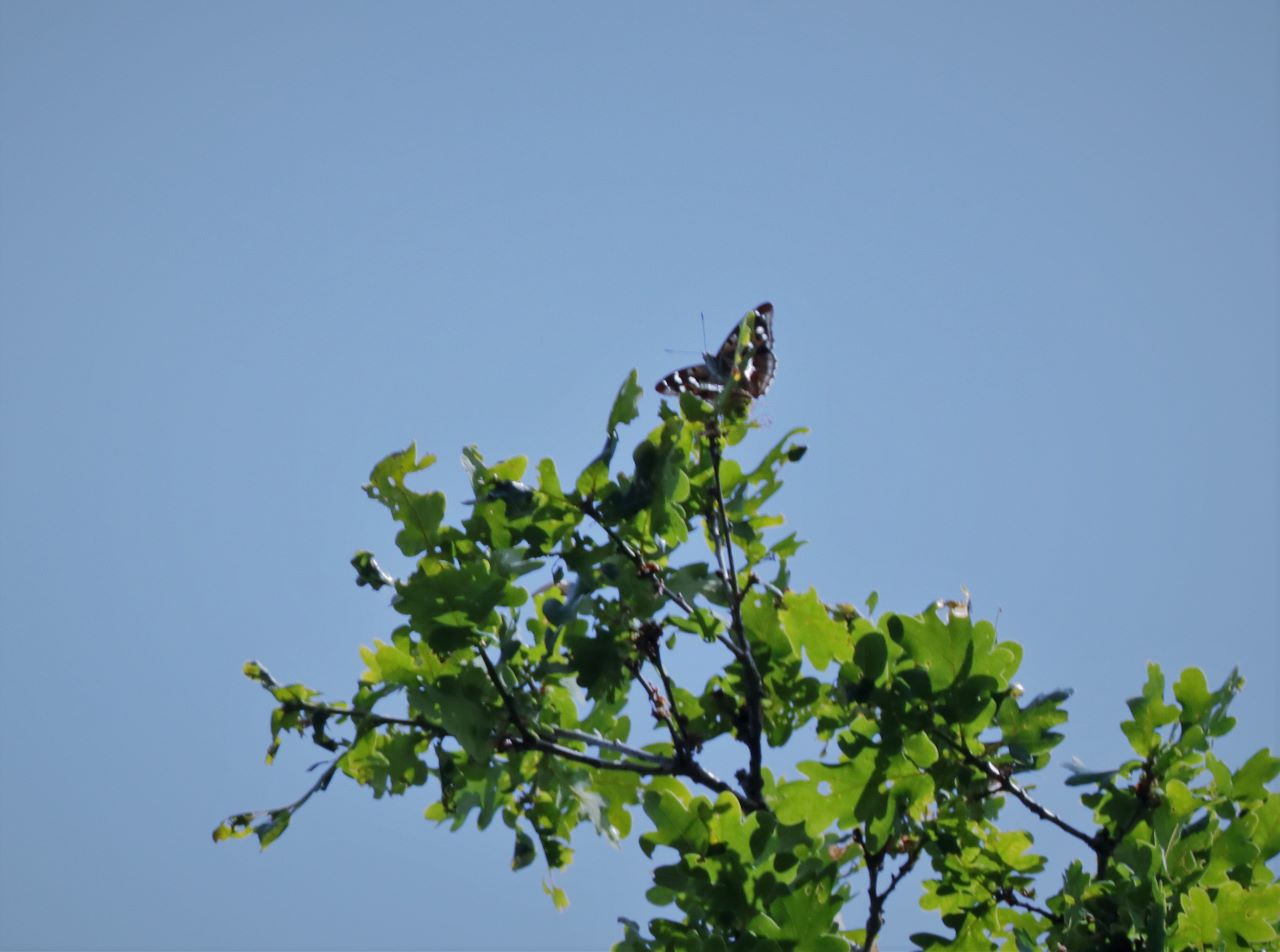
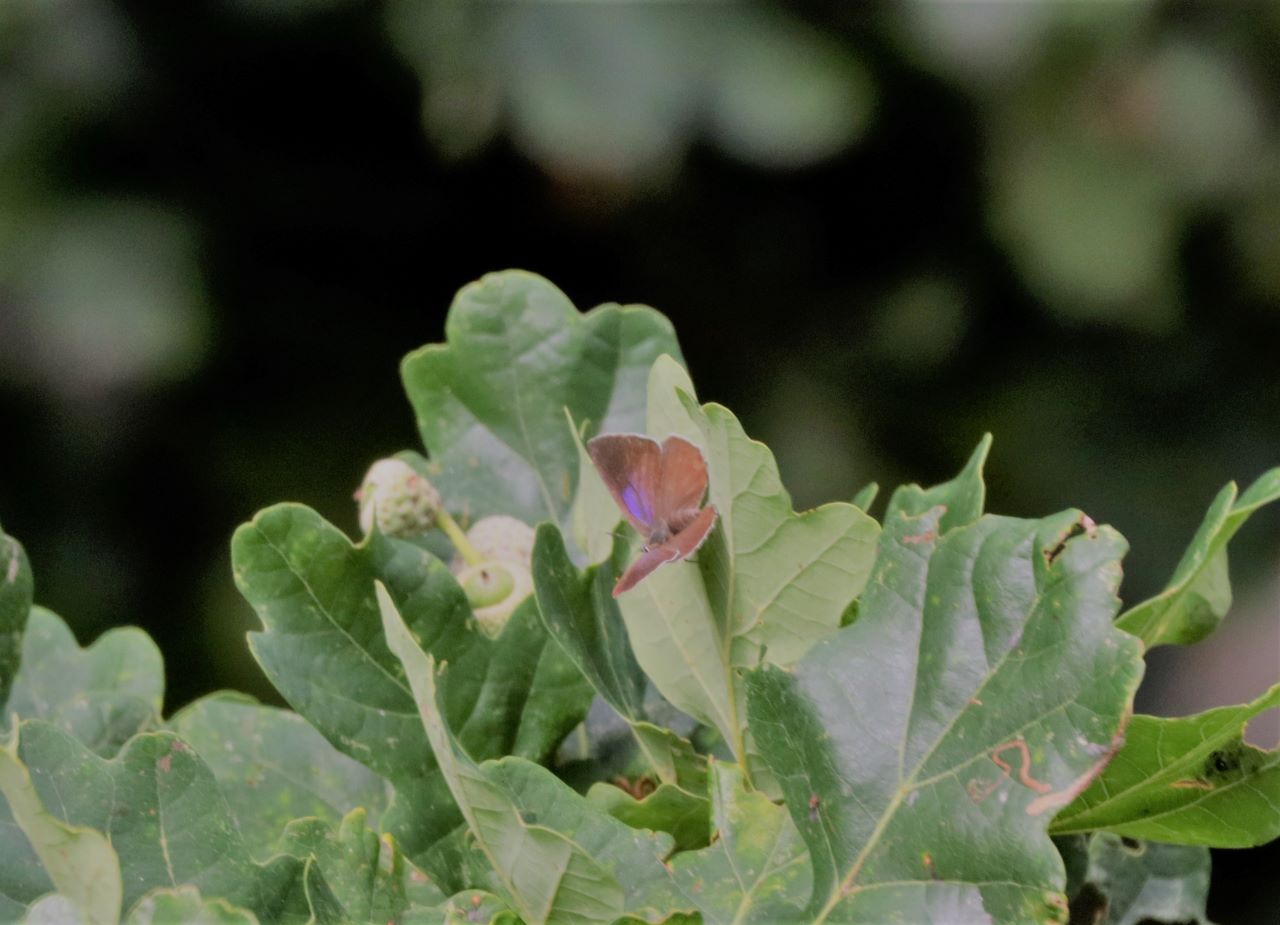






Recent Comments